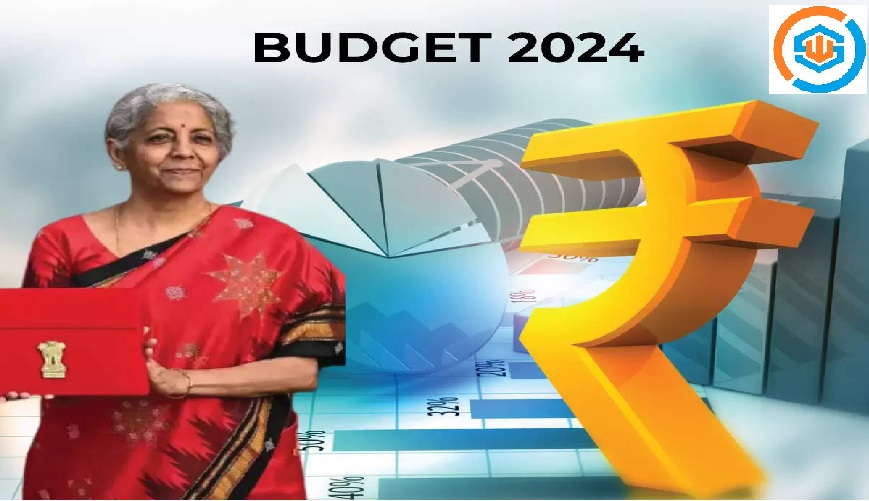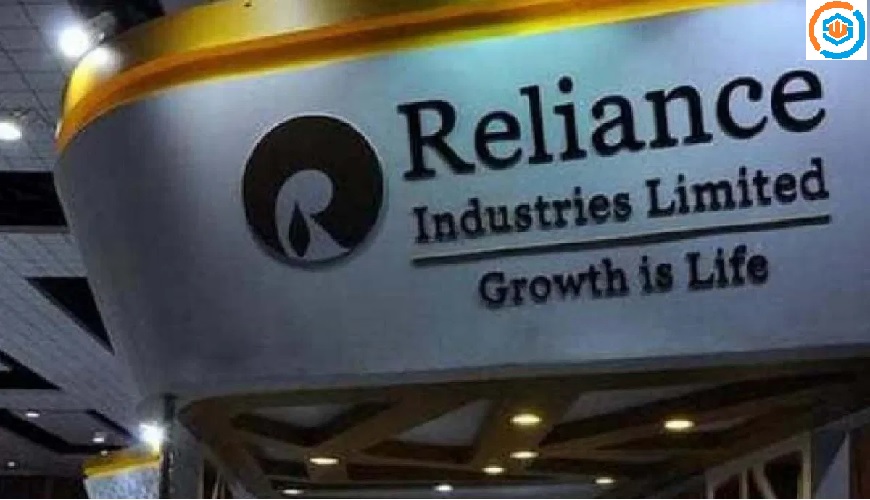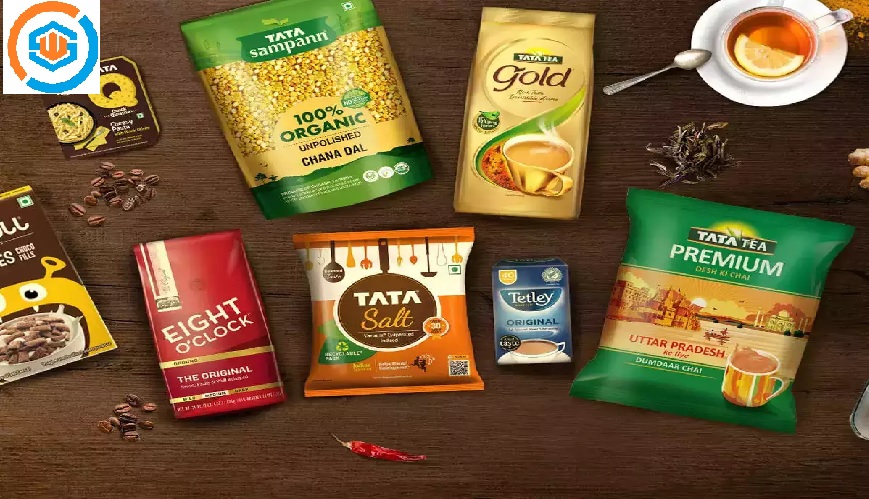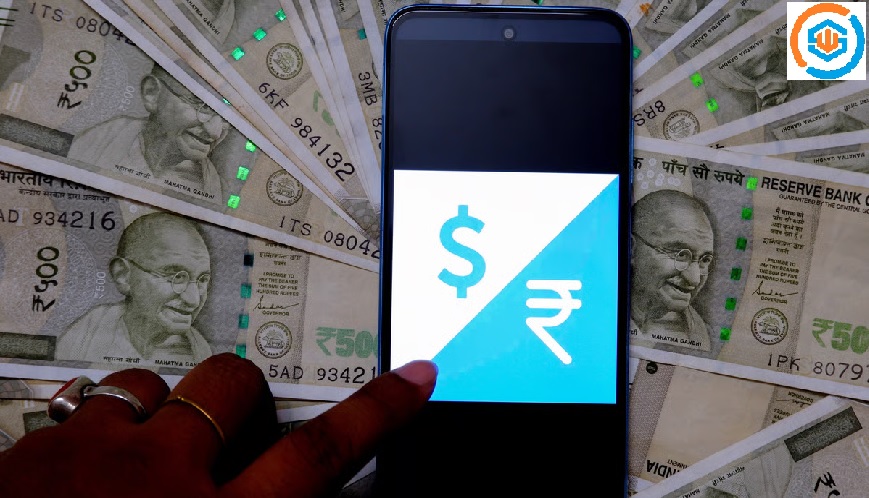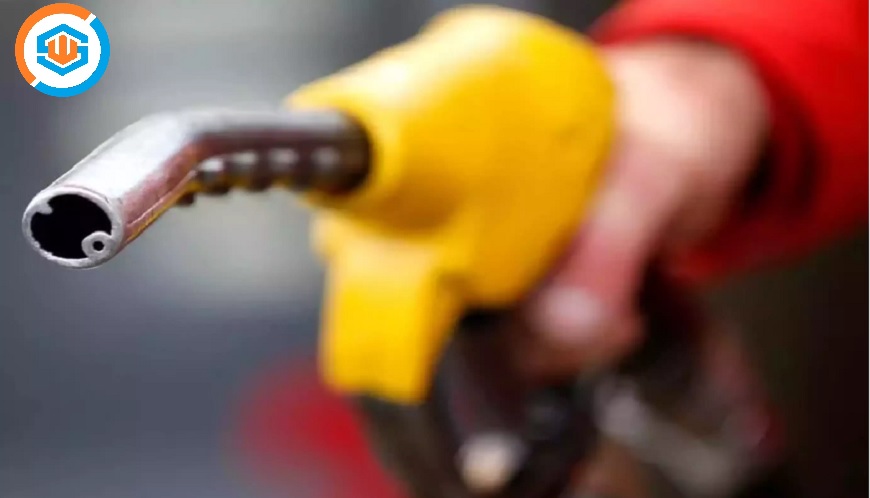
- 7 Aug
- 2021
Cars fueled by sugar in India will add to food inflation risks
India is pushing for more cars to run on ethanol made from sugar, a move that risks raising the cost of the sweetener globally.
That’s almost the entire amount that India, the world’s second-biggest producer after Brazil, currently exports to the global market.
Prime Minister Narendra Modi advanced in June a target for blending 20% ethanol in gasoline to 2025, five years earlier than planned. The advantages are multifold: it will reduce air pollution, cut India’s oil import bills, help soak up a domestic sugar glut, and increase investment in rural areas.
India, the world’s second-biggest producer and grappling with massive stockpiles, is set to miss its goal for sugar exports this year because of a late start to shipments and logistical challenges, potentially providing further fuel to the sweetener's blistering rally.
For the rest of the world, the move may be the biggest change in years for the sugar industry and could drive a bull market, according to Czapp, Czarnikow’s new portal for agri-food analysis. Prices have soared to the highest since 2017 amid a supply crunch, partly due to wild weather in Brazil. A further surge will add to food inflation risks, with global food costs already near a decade high.
It’s “good news for the world if India diverts sugar to produce more ethanol as it will reduce the global surplus,” said Rahil Shaikh, managing director of Meir Commodities India Pvt, a trading company. “But eventually if there is higher demand, some countries including India will have to expand cane acreage.”
The government is offering financial support to sugar mills to set up or expand distilleries. Companies including Balrampur Chini Mills Ltd. will stop producing sugar at some mills and begin processing cane juice to make ethanol instead.
India will allow the production of ethanol-based flex engines NSE 0.43 % too, the Press Trust of India reported. Higher use of biofuels in transport can ease India’s economic burden from high crude prices and help the third-largest oil importer save $4 billion annually, according to government estimates.
“They will kill two birds with one stone,” said Michael McDougall, the New York-based managing director of Paragon Global Markets. “It is a move in the right direction.”
The plan will also cut India’s sugar export subsidies by about $500 million. The government helps cash-strapped mills to boost shipments as a way to support local prices and increase export competitiveness. Rivals including Brazil and Australia have complained about the subsidies to the World Trade Organization.
This year, India is set to export a record amount of sugar again with the help of subsidies. Volumes are forecast at 6.5 million tons.
“The surplus will be small after 2025 and the need to export will not remain at such high levels,” said Abinash Verma, director-general of the Indian Sugar Mills Association. “Depending on domestic and global prices, there may still be small quantities of exports,” he said, declining to give a forecast.

